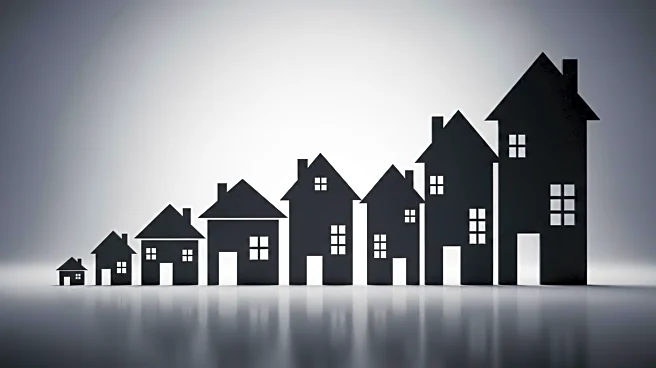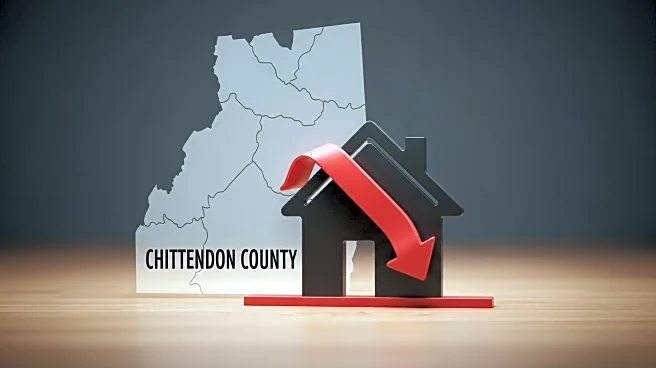What's Happening?
In August, the median home listing price in Pueblo County, Colorado, was $360,000, marking a slight decrease from the previous month's $360,176. This represents a 2.4% drop compared to August 2024, according to data from Realtor.com. The median home size was 1,835 square feet, priced at $187 per square foot, which is an 8.6% increase from the previous year. Homes in Pueblo County were listed for a median of 76 days, longer than the national median of 60 days. The number of new listings in August was 264, a 20.5% decrease from the previous year. These statistics reflect only homes listed for sale, excluding new constructions and pending sales.
Why It's Important?
The decrease in median home prices in Pueblo County is significant as it reflects broader trends in the housing market, where prices are stabilizing or declining slightly. This could impact local real estate dynamics, potentially making homes more accessible to buyers. The extended time homes remain on the market suggests a slower pace of sales, which might influence sellers to adjust prices further. The reduction in new listings indicates a potential decrease in market activity, affecting real estate agents and related industries. These changes could have implications for local economic conditions, influencing property taxes and community development.
What's Next?
If the trend of decreasing home prices and slower market activity continues, it may lead to further adjustments in pricing strategies by sellers and real estate agents. Potential buyers might find more negotiating power, while sellers may need to consider incentives to attract interest. The local government and economic planners might need to assess the impact on property tax revenues and housing policies. Monitoring these trends will be crucial for stakeholders to adapt to changing market conditions.
Beyond the Headlines
The shift in home prices and market dynamics in Pueblo County could reflect broader economic conditions, such as interest rates and employment trends. It may also influence demographic shifts, as affordability could attract new residents or impact existing homeowners' decisions to sell or renovate. Long-term implications might include changes in community planning and infrastructure development, as housing market trends often correlate with population growth and economic vitality.










